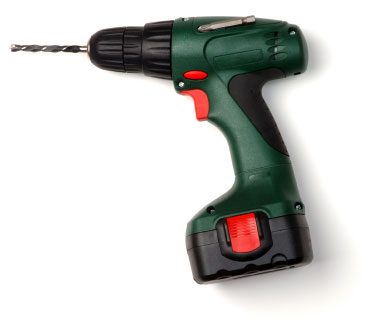
An electrical contractor has the following goals in mind when bidding, planning, and actually doing a job:
- The job must meet the customer’s requirements.
- The work must be safe, meet code, pass inspection, and be finished in a timely manner.
- The final result should be a satisfied customer and a profit for the contractor.
Your goals as a do-it-yourselfer shouldn’t be any different. You want your work to be of satisfactory quality so you can live comfortably with it rather than going crazy every time you look at a crooked light switch or receptacle. It goes without saying that your work must pass inspection, but you also want to get it finished sometime before you reach retirement age. Money-wise, you want to realize a savings from doing your own work. This can be measured in different ways. Some people keep an exact accounting of their hours and assign an hourly rate to the job versus an electrician’s labor bid. Others see it as using their off-hours productively, and anything they save is pure profit. However you measure your savings, you will have faced some challenges and learned from them, and you can’t put a dollar value on that.
By now, you’ll have drawn up a plan, calculated the loads, and gotten your permits. A plan on paper will show you where to locate a receptacle or a light fixture, but it won’t show you how to do so. For example, will you …
- Run your cable through the attic and drop it down between the wall studs?
- Consider using the basement or a crawl space for access?
- Use wire molding and run it along the surface of your baseboards?
- Remove some of the wood trim and cut into the walls behind it to avoid patching more noticeable sections of the walls? A half-hour of forethought and planning can save you hours of patching. If there’s more than one solution to the job, look at them all and decide on the best approach.



 Wiring is a nice, logical process. You want to get power from point A to point B in the most efficient way possible. Running wire or “roping” a house is mostly a matter of drilling access holes through the house’s framing (the wall studs, plates, and floor joist) and pulling electrical cable through those holes. How you carry out this nice, logical process is another matter altogether.
Wiring is a nice, logical process. You want to get power from point A to point B in the most efficient way possible. Running wire or “roping” a house is mostly a matter of drilling access holes through the house’s framing (the wall studs, plates, and floor joist) and pulling electrical cable through those holes. How you carry out this nice, logical process is another matter altogether.






